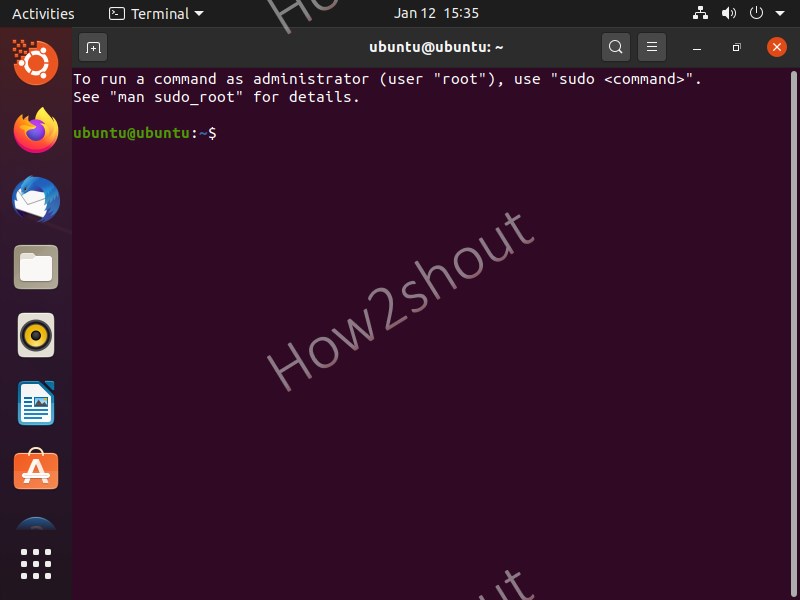

You can find what the function of Ctrl-y is: $ bindkey '\C-y' "^Y" yank So for example, "^[^H" backward-kill-word means pressing Opt-Ctrl-h. The ^A means Ctrl-A and ^[ means the escape key or option key (we set up this in the first section of this article). $ bindkey -L bindkey set-mark-command bindkey "^A" beginning-of-line bindkey "^B" backward-char bindkey "^D" delete-char-or-list bindkey "^E" end-of-line bindkey "^F" forward-char bindkey "^G" send-break. The list tells you all your terminal key bindings. Most of the command names have the form of hyphenated words, like history-search-backward. You can find out all your editor commands and key bindings by using bindkey or bindkey -L.
Ctrl-M is the same as the RETURN/ ENTER key ( acceopt-line). Ctrl-L clears the screen ( clean-screen). Ctrl-J is the same as the RETURN/ ENTER key ( accept-line). Ctrl-Z suspends/terminates the current process fg to return the process. Ctrl-C kills/stops the current process. Opt/Alt-c capitalizes the character under the cursor and moves to the end of the word ( capitalize-word). Opt/Alt-delete deletes the word before the cursor. Opt/Alt-d deletes the word from the cursor ( kill-word). Opt/Alt-T swaps the word with the previous word ( transpose-words). Ctrl-Y yanks/pastes the last thing from the cut command ( yank). Ctrl-W cuts the word before the cursor ( backward-kill-word). We are going to change this later ( backward-kill-line). Ctrl-U clears to the beginning of the line (BASH). Ctrl-T swaps the cursor with the previous character ( transport-chars). You can use Ctrl-y to paste ( kill-line). Ctrl-K cuts the line from the cursor to the end of the line to the clipboard. Ctrl-H deletes one character before the cursor ( backward-delete-char). Ctrl-D deletes one character under the cursor ( delete-char-or-list). You can delete a character, swap characters, cut, clear, and yank with shortcuts to edit texts in the command line. On macOS, fn-LeftArrow moves the cursor to the beginning of the line and fn-RightArrow moves the cursor to the end of the line. We fixed this in the first part of this article ( forward-word). Opt/Alt-f moves the cursor forward one word. We fixed this in the first part of this article ( backward-word). Opt/Alt-b moves the cursor back one word.  Ctrl-F moves the cursor forward (right) one character ( farward-char). Ctrl-E moves the cursor to the end of the line ( end-of-line). Ctrl-B moves the cursor backward one character ( backward-char). Ctrl-A moves the cursor to the beginning of the line ( beginning-of-line). Inside the parentheses is a ZLE command name, and we are going to use it later in the article (ZSH has its own line editor - ZSH Line Editor or zle in short form). In other words, it does not matter whether the key would have produced an uppercase or a lowercase letter. When the control key is held down, letter keys produce the same control characters regardless of the state of the shift or caps lock keys.
Ctrl-F moves the cursor forward (right) one character ( farward-char). Ctrl-E moves the cursor to the end of the line ( end-of-line). Ctrl-B moves the cursor backward one character ( backward-char). Ctrl-A moves the cursor to the beginning of the line ( beginning-of-line). Inside the parentheses is a ZLE command name, and we are going to use it later in the article (ZSH has its own line editor - ZSH Line Editor or zle in short form). In other words, it does not matter whether the key would have produced an uppercase or a lowercase letter. When the control key is held down, letter keys produce the same control characters regardless of the state of the shift or caps lock keys. 
You can move the cursor around the command line using the keyboard shortcuts.







 0 kommentar(er)
0 kommentar(er)
